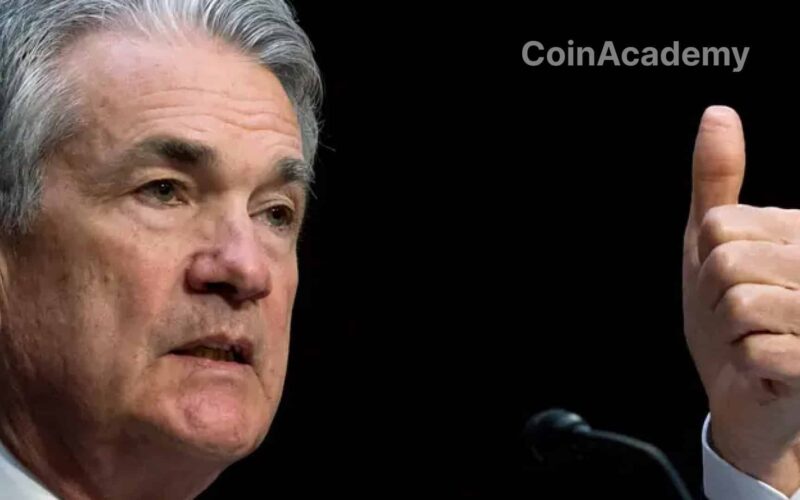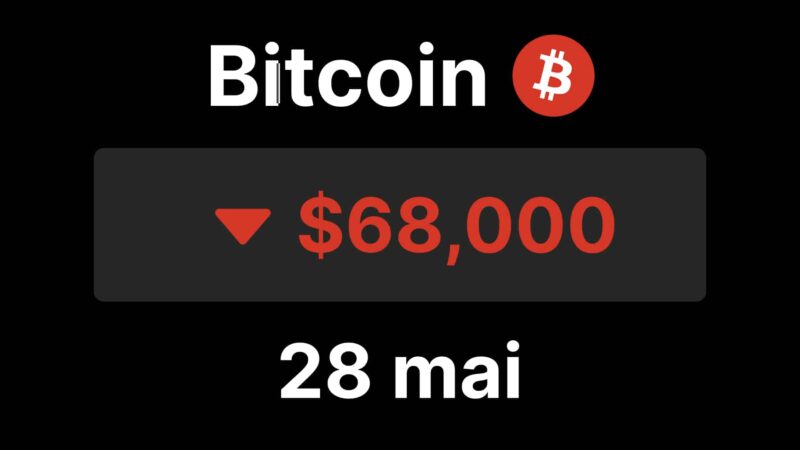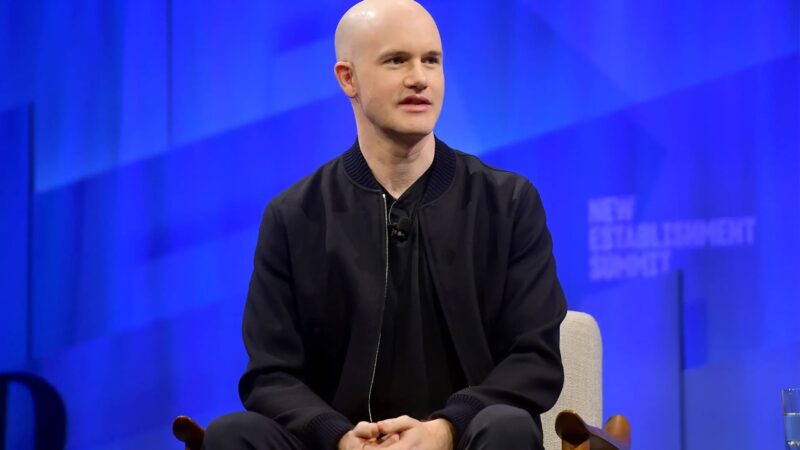August Job Report Shows Mixed Results
In August, the US economy created 142,000 jobs, falling short of economists’ expectations of 164,000 jobs, but surpassing the revised figure for July of 89,000 jobs. The unemployment rate decreased to 4.2%.
The market has reacted cautiously to these numbers, with stock indices and Treasury bond rates slightly declining, while Bitcoin saw a 1% increase, reaching nearly $57,000.
The Fed is expected to potentially lower interest rates in September due to inflation slowdown and signs of labor market moderation. However, the market struggles to assess the extent of the anticipated decrease, which is projected to be between 0.25% and 0.50%.
A Crucial Report Ahead of the Fed Meeting
The data released by the Bureau of Labor Statistics (BLS) holds particular importance as the next Fed meeting on September 17 approaches. This employment report is one of the last major economic indicators before the central bank decides on its monetary policy.
In July, the employment figures were disappointing, with only 114,000 jobs created and an unemployment rate of 4.3%. These results raised concerns of a recession for the world’s largest economy. However, the slight rebound in job creation in August appears to alleviate these worries, although signs of slowdown persist.
Markets’ Reaction
In response to the employment data, financial markets have reacted cautiously. S&P 500 futures contracts dropped by 0.3%, and Nasdaq 100 futures contracts declined by 0.4%, reducing previous losses. In the bond market, Treasury yields also decreased, with a 0.08 point decrease for the two-year rate, which fell to 3.67%, and a 0.06 point decrease for the ten-year rate, which was at 3.68%.
Bitcoin, however, took advantage of the announcement to record a 1% increase, nearing $57,000 again.
These movements reflect the investors’ expectations, who continue to bet on a 0.25% interest rate cut at the upcoming Fed meeting. Investors believe that the central bank may maintain a policy of gradually reducing rates to reach a ‘neutral’ level that neither stimulates nor hinders economic growth.
A Less Dynamic Job Market
Fed officials closely monitor the job market for any potential weaknesses, especially as they strive to bring inflation to their 2% target. The core personal consumption expenditures (PCE) index, a favored indicator by policymakers as it excludes volatile prices of energy and food, reached 2.6% in August, a significant improvement compared to the peak of over 5% recorded in 2022.
This slowing of inflation, combined with signs of a less pressured job market, prompts the Fed to consider an interest rate cut for the first time since the beginning of the pandemic. Since last July, rates have been maintained at a historically high level ranging from 5.25% to 5%, a 23-year peak. However, tensions in the job market seem to be easing, with companies reducing job offers without resorting to massive layoffs.
Towards a More Accommodative Monetary Policy
Before the release of the August job report, a majority of investors in the futures markets anticipated a moderate rate cut by the Fed of around 0.25% this month. This reduction would be part of a trajectory of gradual rate reductions by 2025, allowing the economy to align with a more balanced level.
We will do everything we can to support a strong labor market while continuing to progress towards price stability.
Jay Powell
Fed Chairman Jay Powell stated last month that the central bank was not seeking to ‘further cool down the labor market’ and that it would do its best to support the job market. Powell acknowledged that the labor market, once a driver of inflation due to labor shortages and increasing wages, no longer plays as central a role in inflationary pressures.
The weakness in the August job report could prompt the Fed to lower rates by 0.50% at this meeting. However, the key figures in this report do not seem to support such a significant decrease. The downward revisions not only of July (from 114,000 to 89,000) but also of June (from 179,000 to 118,000) are somewhat concerning. Overall, the average three-month job growth, which stands at only 116,000, will undoubtedly be discussed during the Fed’s deliberations.
A closer look at the other details of the report presents a slightly more positive picture. The average hourly wage increased by 0.4% in August, surpassing the projected 0.3% and following a 0.1% decrease in July. On an annual basis, the average hourly wage increased by 3.8%, above the anticipated 3.7% and July’s 3.6%.




